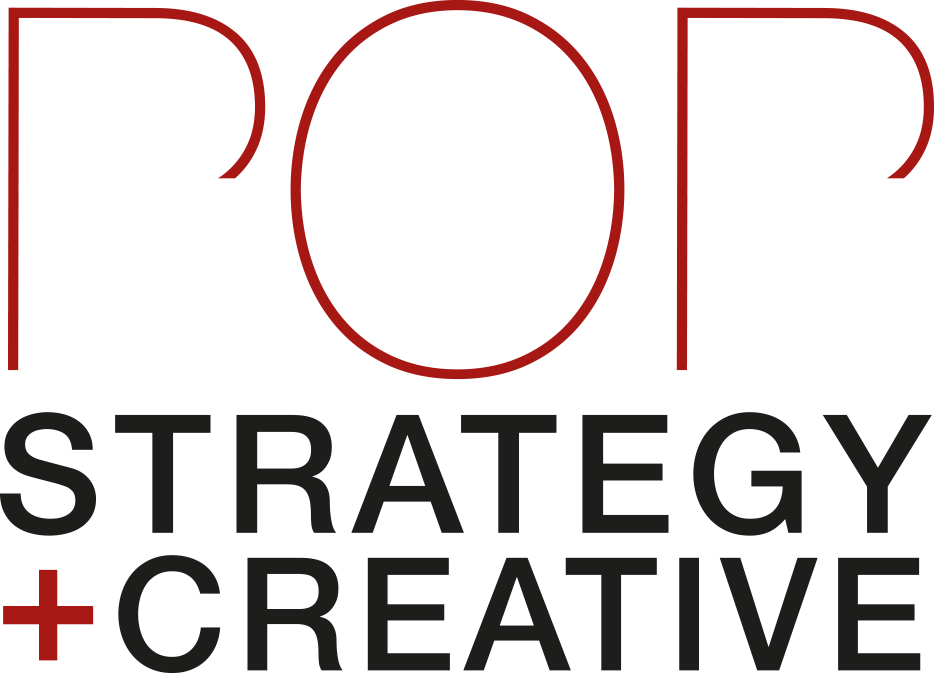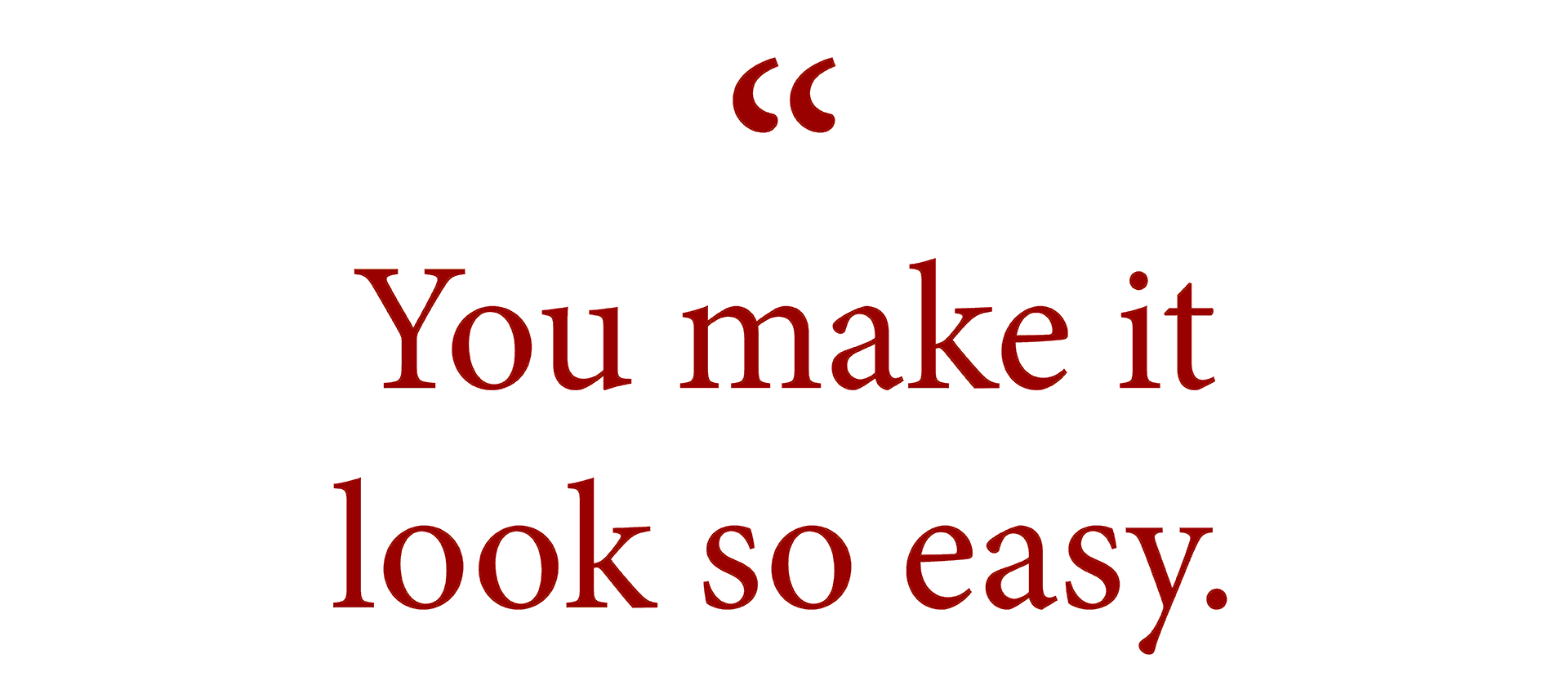I just returned from a very insightful meeting with the CEO of a tech company. During the meeting, we selected the company's new brand images together from the recent photoshoot. The CEO then asked for my opinion on the new website that was about to be launched. As we opened the website, he noticed a few typos and immediately called the people in charge to address the issue.
give Reasoned feedback
Initially, I was hesitant to provide any criticism, as I believe in offering only constructive and reasoned feedback with concrete arguments.
I do not appreciate unasked opinions on projects, as they can be cheap and destructive and the person giving feedback might not see the entire picture.
As the CEO identified more issues with the website, I learned that the project had been started by someone who had recently left the company, and other team members were trying to salvage it. It became clear that they were struggling to make the requested changes. Before that moment, no one even had checked the website's responsive design for mobile devices.
And it looked quite catastrophic. I pointed out several other issues with the website, including the lack of proper structure on all pages, the wild mix of different typefaces, font sizes and alignments, as well as the poor copywriting.
Two worlds were about to collide.
The person temporarily in charge on the other end of the call became increasingly annoyed, yet, I continued to provide feedback. Now, you have to know that this person is a merited and brilliant award-winning scientist.
And I am an award-winning creative and brand specialist.
teamwork is when everyone’s motivations unite
The scientist couldn’t care any less about type and fonts. His main motivation was to be done with this side-project. His thought was that all information needed was on display. And that he wanted to crank out this new website which had been laying dormant for too long to focus on “real” problems that demanded all of his focus.
My main motivation was to make everyone understand that the website is the main marketing tool for their existing and potential customer base.
When the CEO finally hung up, we had a chat about the problems we both witnessed. I showed him how the site was lacking the proper structure on all pages. And how important the right structure and the balance between written content and images is for SEO.
On a post-it I sketched how the right structure and the logic applied.
Finally, he then jotted down “Less is more”.
Oh, what a surprise … Did I mention that irony is my middle name?
And he then added:
“Work with the right people and …”
“It’s quicker.”
”It’s inspiring.”
He then mentioned to me: “You make it look so easy. That’s very inspiring. How do you do that?”
“Easy, I have been working on your problem for the past 30 years.”
That is when he jotted down another phrase:
“And it does not cost more”.
Design Thinking
Same design principles of structuring information still apply, even in this transition to the fully digital age. That’s when 30 years of design experience in multiple fields comes into play.
And all you need is one post-it. Or many.
We are now looking at improving the website from the ground up to contribute to these clients’ success.
PS: The mark it has left runs quite deep – and in no way shall this be a critique of the people that were involved. Rather being a simple statement about the intrinsic motivations in teams.



